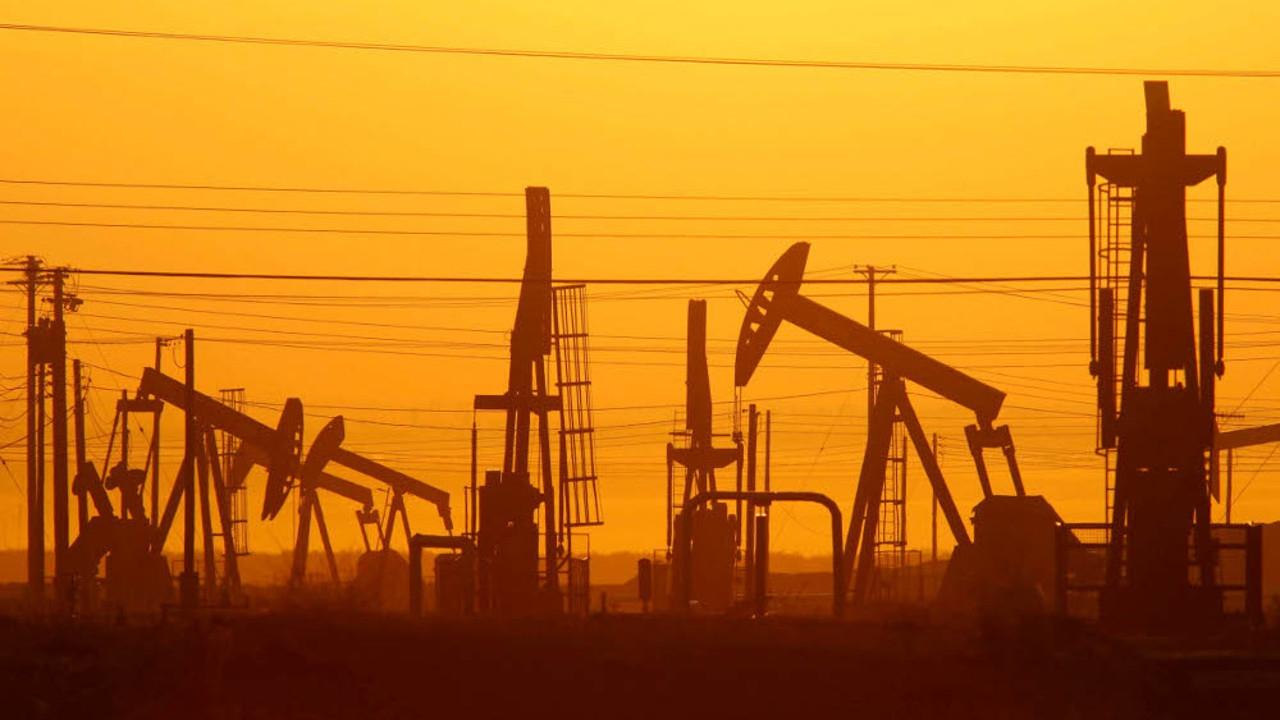BHP Billiton is proving its mettle
BHP’s base now ought to become more stable and its numbers cleaner, making the benefits of Mackenzie’s strategy apparent.

The surprise note within BHP Billiton’s otherwise as-expected $US6.2 billion loss for the year to June was the tinge of optimism the group has about its prospects this financial year, despite reporting its biggest-ever loss.
The 2015-16 result was, as BHP had foreshadowed, disfigured by $US7.7 billion of “exceptional items,” including the $US2.2 billion cost of the Samarco disaster, the previously announced $US4.9 billion impairment charge against its US onshore oil and gas assets and “global taxation matters.”
Beneath that flood of one-off red ink was a 71 per cent fall in underlying earnings before interest and tax, from $US11.9 billion to $US3.5 billion. The extent of that slump in earnings wasn’t at all surprising, given that the continuing declines in commodity prices wiped $US10.7 billion from the group’s earnings before interest, tax, depreciation and amortisation (EBITDA).
That’s after lower commodity prices had a $US15.2 billion adverse impact in 2014-15. It is staggering that a company has absorbed a loss of more than $US25 billion of EBITDA within two years and is not only still afloat but has held onto its A-grade credit rating.
Even though BHP added another $US437 million of productivity gains ($US2 billion if Escondida’s grade decline were excluded) to the $US10 billion achieved since 2012, the extent and speed of the change in the commodity price environment has overwhelmed the group’s best efforts, as it has the entire sector.
BHP continues to finesse costs and volumes and is targeting another $US1.8 billion of productivity gains in 2016-17, with a reduction in unit costs of 12 per cent to their lowest level in a decade and copper-equivalent volume growth of up to 4 per cent if US onshore oil and gas volumes are excluded.
At current spot prices that would generate, Andrew Mackenzie said, free cash flow of more than $US7 billion, or more than twice the $US3.4 billion BHP generated in 2015-16. That would also enable BHP to reduce net debt, which was $US26.1 billion at balance date.
In recent months commodity prices have strengthened relative to the average prices BHP received last financial year. Iron ore prices, which averaged $US44 a tonne in 2015-16, are now around $US60 a tonne. Oil prices averaged $US39 a barrel last financial year but are now around $US48 a barrel.
Mackenzie reiterated comments he made earlier this year that he has options to lift production volumes by more than 10 per cent, at a capital cost of about $US1.5 billion, through low-risk brownfields expansions.
If oil prices were to recover — as most analysts see the market in balance in the second half of 2017 — there is also significant upside in the group’s currently near-dormant US onshore oil and gas operations. They would generate positive cash at prices above $US45 a barrel and attractive returns at $US60 a barrel.
BHP, like Rio Tinto, is very much leveraged to any improvement in the environment and prices.
As Mackenzie said, BHP has nearly halved its unit costs since 2012 (they were reduced 16 per cent in the latest financial year). Despite the collapse in prices BHP’s underlying EBITDA margin of 41 per cent remains best-in-class — in iron ore and petroleum its margins are above 50 per cent.
BHP had already announced it was abandoning its long-cherished progressive dividend policy with its half-year results back in February, saying it would pay a minimum of 50 per cent of its underlying attributable profit out as dividends in future.
Had it declared the minimum shareholders would have received only US12 cents a share in annual dividends. Instead, with a final dividend of US14 cents a share, they will receive US30 cents. While that’s a massive reduction from the $US1.24 a share they received for the 2014-15 year, in the circumstances the fact that BHP (and Rio) are paying dividends at all is a testament to its underlying resilience.
Mackenzie will be hoping/praying that there are no more material “exceptional items” in 2016-17.
He has spent the past four years trying to simplify both BHP’s portfolio and its organisational structure, both to reduce costs and to drive productivity through the more streamlined and common processes that can be applied to a smaller set of very large tier-one assets.
Judgements on how successful and sustainable his approach might be have been clouded by both the external environment and the continuing string of large impairments that have occurred as commodity prices have tumbled. Samarco, of course, was a horrible and unexpected event.
With the obvious flow-on effects of the environment now absorbed, BHP’s financial base ought to be more stable and its numbers cleaner. And the benefits of the work on costs and capital efficiency over the past few years ought to become clear, along with the cautious and capital-light growth path Mackenzie has outlined.
The obvious caveat is, of course, what commodity prices might do over the rest of this financial year. The outlook for both the global economy and China’s remains volatile and unpredictable.





To join the conversation, please log in. Don't have an account? Register
Join the conversation, you are commenting as Logout